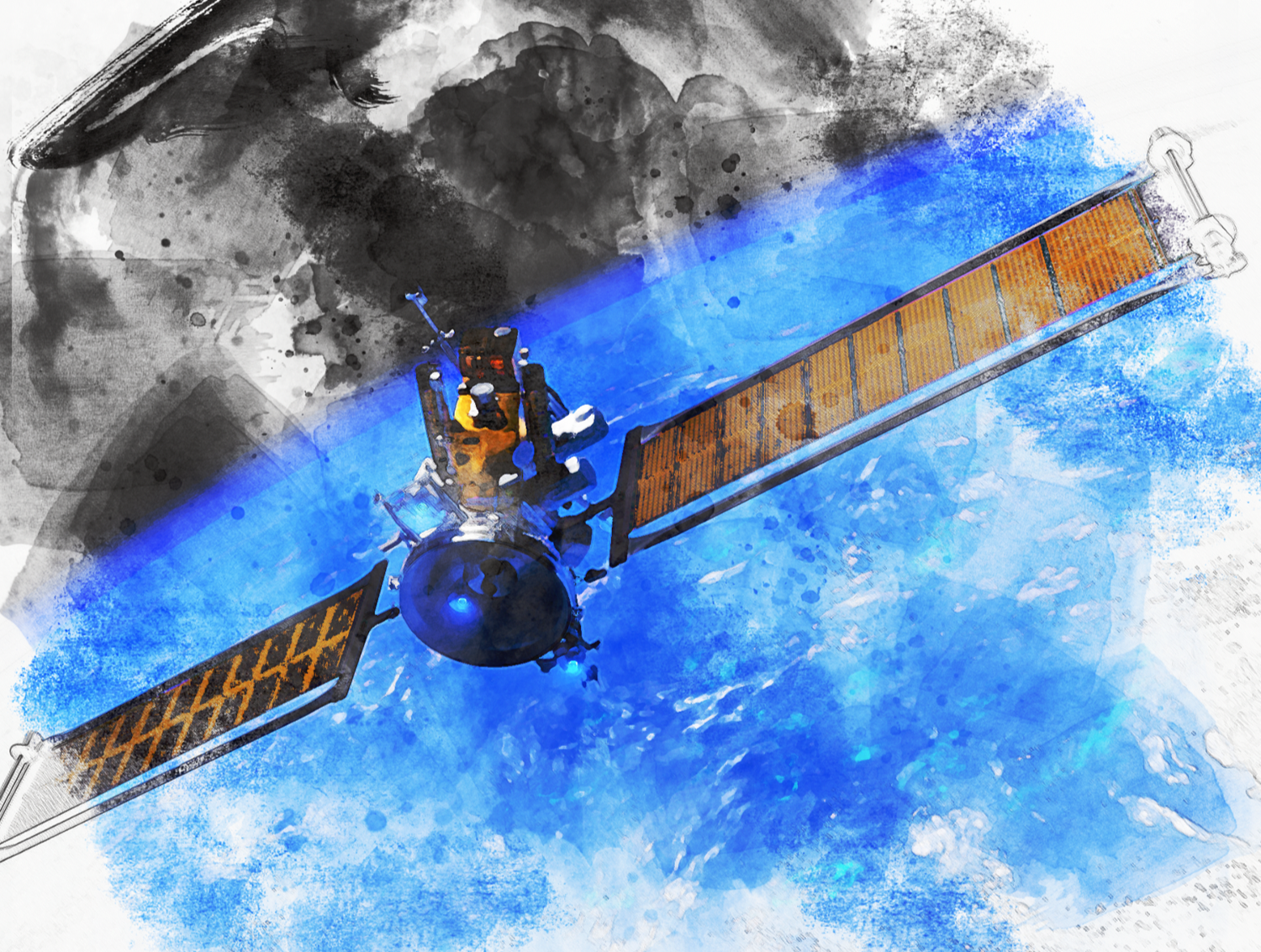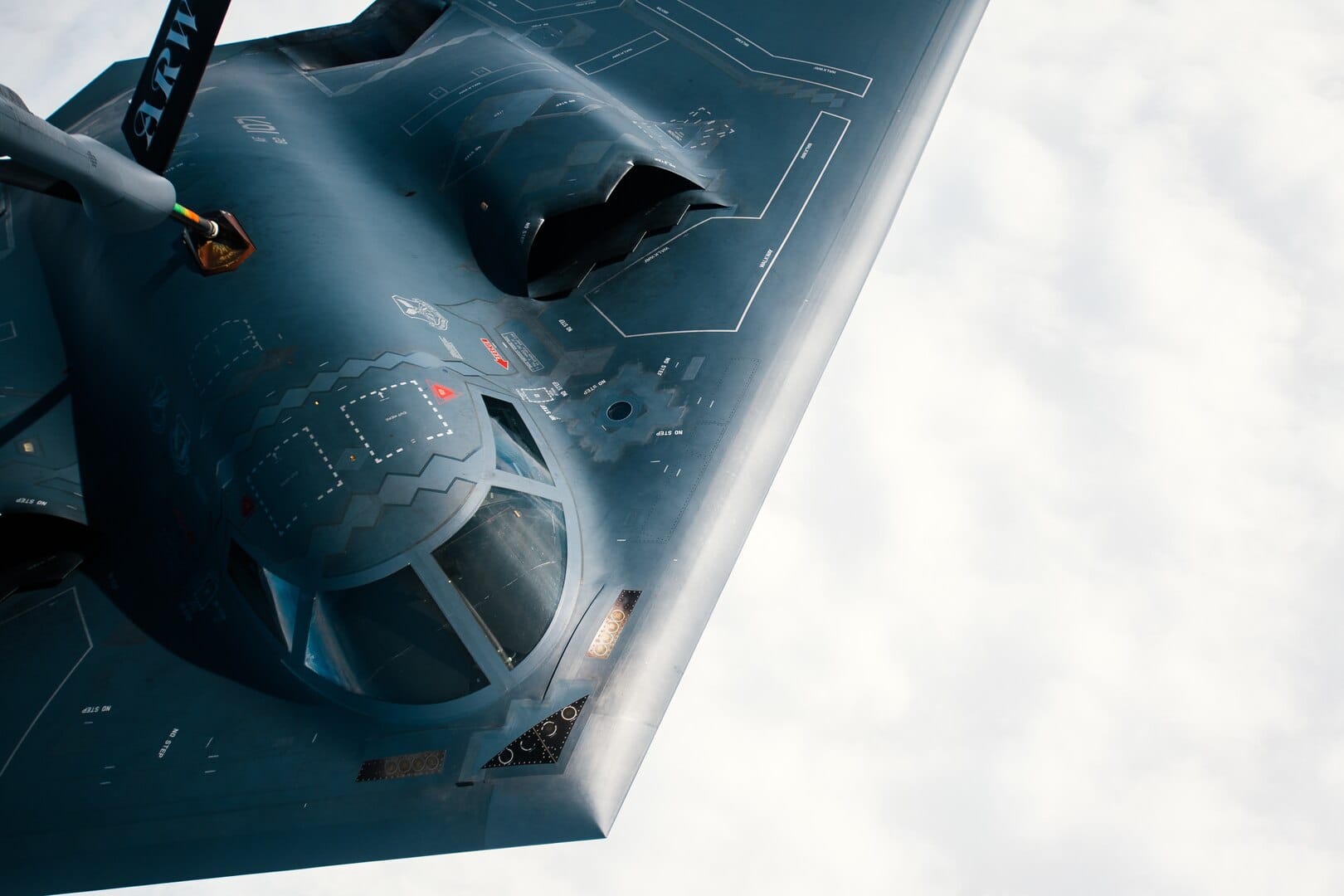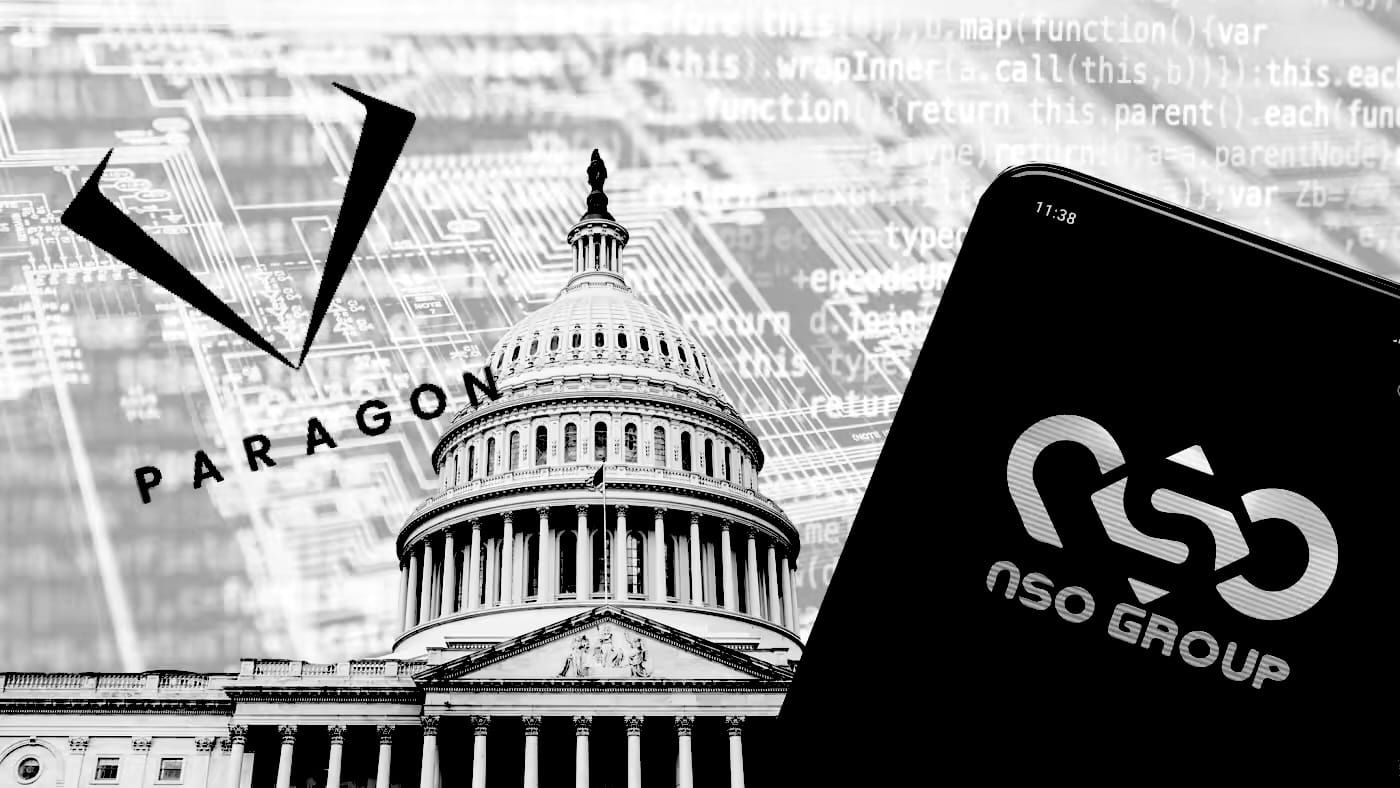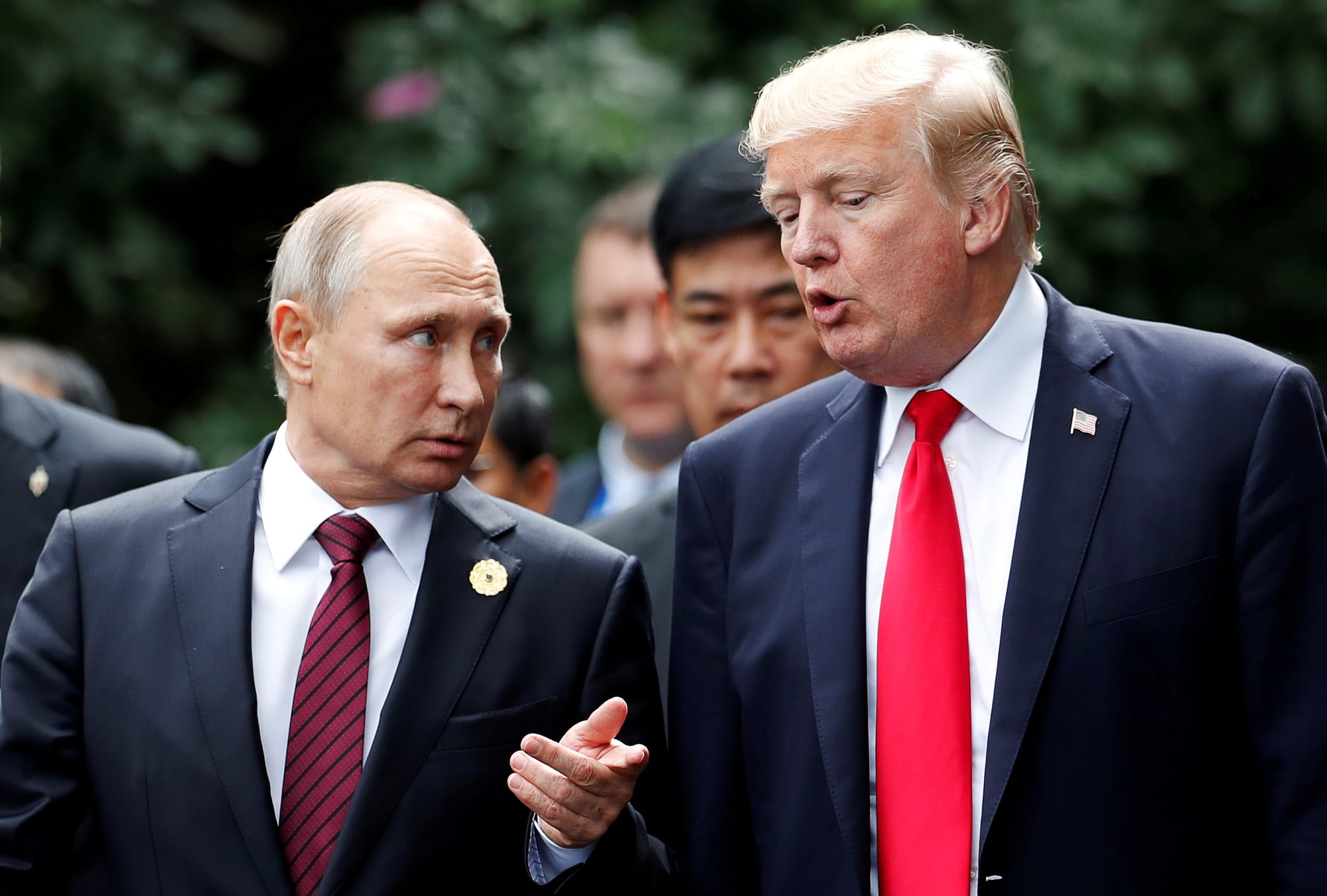In Brief:
- Shift in Focus: The emphasis is shifting from passive surveillance and communication to offensive and defensive operations in space.
- Emerging Threats: China and Russia have tested and deployed technologies like anti-satellite missiles and high-energy lasers, challenging U.S. place in space.
- Force Protection: Protecting terrestrial military assets and ensuring the uninterrupted operation of critical satellite infrastructure are top priorities for the Pentagon.
- International Partnerships: The U.S. is collaborating with key allies like Britain, Canada, Australia, and France to bolster its space defence network.
A New Era of Military Strategy and Escalating Risks
Situation Report:
The Pentagon has made public the intention of Washington to intensify its focus on space warfare, as a direct response to the rapid advancements made by China and Russia in space-based technologies.
The U.S. military recognises that its traditional reliance on satellites for communication, navigation, and surveillance is no longer sufficient in the face of emerging threats.
China's continuously expanding fleet of military space-tools, including anti-satellite missiles and manoeuvrable satellites, has become a headache for Washington, raising significant concerns about the vulnerability of U.S. space assets.
Additionally, Russia's reported development of a space-based nuclear weapon and its use of electronic jamming technology in Ukraine further underscore the urgency of enhancing U.S. capabilities in space.
The Pentagon's new approach seeks to establish a comprehensive defence network in space, capable of not only protecting U.S. satellites but also actively disrupting and disabling enemy spacecraft if necessary.
This includes developing a new generation of ground- and space-based weapons and coordinating with allies to create a unified response to potential threats.
The escalating tensions in space raise fundamental questions about the future of warfare and the potential for an arms race beyond Earth. While the U.S. aims to protect its interests and maintain its military advantage, the pursuit of offensive capabilities in space risks fueling a destabilising cycle of escalation.
Assessment:
The Pentagon's actions reflect a growing recognition that space is becoming an increasingly contested domain.
Furthermore, the rapid advancements in space technology by China and Russia have fundamentally altered the strategic landscape, necessitating a reevaluation of U.S. military priorities.
While the U.S. is justified in protecting its interests and responding to emerging threats, the pursuit of offensive capabilities in space carries significant risks.
The potential for unintended consequences, miscalculations, and escalation is high, particularly given the lack of established norms and regulations governing military activities in space.
The international community must urgently engage in dialogue to establish clear guidelines and limitations on the militarisation of space. Failure to do so could lead to a dangerous arms race that jeopardizes the stability and security of not only the U.S. but the entire world.
While Washington's strategy may deter adversaries in the short term, it could also trigger a counterproductive spiral of escalation in the long run.
The U.S. must carefully consider the broader implications of these actions and prioritise diplomatic efforts to ensure that space remains a domain for peaceful exploration and cooperation, rather than opening up a new battleground for future conflicts.















Discussion